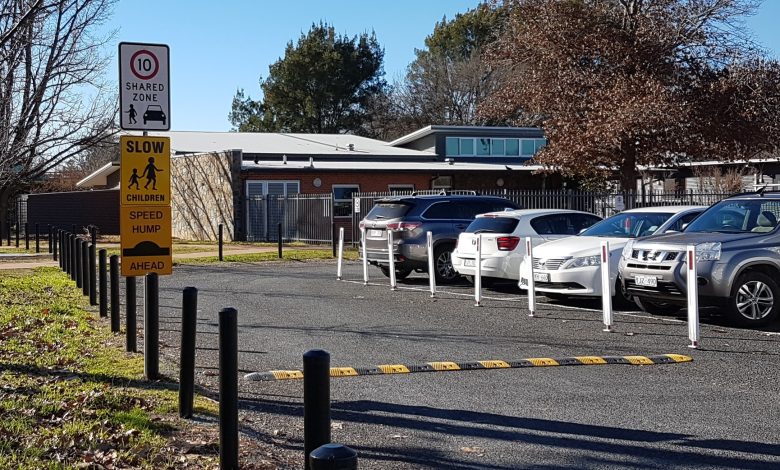Safety measures for stress free school carparks
School pick-up and drop-off times can be stressful if carpark areas are not carefully managed.

Amongst the chaos of multiple parents and lots of students trying to find their way, shared pedestrian zones create an increased hazard. Happily, there are many interventions that can be used to improve carpark safety.
Do some research then make a plan
Lindsay Stead from Area Safe said the first step in ensuring carpark safety is to conduct a traffic flow analysis. “Start by understanding the current traffic situation around your school. Identify peak times, main entry and exit points, and areas prone to congestion. This analysis will serve as the foundation for your traffic management plan.
Read the latest print edition of School News HERE
“Next, implement safety measures to the area, which could include installing visible signage, blind-spot mirrors, speed humps, and marked crossings to manage vehicle speeds and ensure pedestrian safety,” Mr Stead said.
Reducing the speed of incoming vehicles will make collisions less likely, and if they do occur, harm is minimised. This can be achieved by clearly signing the area with the speed limit, narrowing pick up and drop off areas, and installing measures such as speed bumps and cushions.
Schools may also wish to think about whether a one-way system can be implemented within school carparks of concern. This ensures that traffic is manageable and improves pedestrian safety
Line marking or physical barriers like steel bollards can assist in clearly defining pedestrian and car zones in shared areas. This will reduce the number of pedestrians in the way of oncoming traffic and lessen the potential for collisions. “Bollards and barriers can protect vulnerable areas and create safe walkways for students and staff,” Mr Stead said.

Make it clear with defined zones
Establishing clear zones, and using signage for families to drop off or pick up their children, can enhance carpark safety.
Additionally, separating drop-off and pick-up zones from designated guest parking can improve traffic flow, thereby improving carpark efficiency and safety.
“Clearly marked and strategically located drop-off and pick-up zones can significantly reduce congestion,” Mr Stead said. “Ensure these areas are away from the main flow of traffic and have enough space to prevent bottlenecks. One-way traffic flow is recommended for enhanced safety and reducing congestion.”
For afternoon pick-ups, ensure students have a safe, sheltered area to wait for their caregiver or school bus. Establishing organised groups for students to wait in, for example year level or house groups, can make moving off from pick-up zones quicker.
Find the right tools for your school
When choosing and installing carpark safety measures, schools must think about the needs of the school and its community. For instance, what material should speed bumps be made of – is it durable for the sort of vehicles common in the school community?
For carparks near pedestrian areas, wheel stops can ensure that cars do not come onto footpaths and create hazards. Convex mirrors may help drivers of large cars, and they may be necessary on blind corners. “Clear and standardised signs are also useful to guide traffic flow and inform drivers of rules and procedures,” Mr Stead said.
Schools may also want to create pedestrian-specific markings or barriers to separate cyclists and pedestrians from oncoming traffic. This can be achieved with bollards, or with line painting, or perhaps even redirecting foot and cycling traffic away from vehicle areas.
These measures should also be considered for staff carparks to ensure compliance with health and safety standards. Access is an added consideration for staff carparks. Signage, barriers, boom gates and more can be employed to ensure that staff carparks are not occupied by parents or students, and remain secure and available exclusively for staff.

Finally, a crucial component of carpark safety is education, especially for younger students. While much road-safety learning will happen at home, it is important to reinforce these messages in the classroom. Students should be taught road safety and how to follow signs, particularly in busy areas.
Similarly, your school community will need to be educated about procedures specific to your school carpark.
Supervision is also key to effective carpark management. Students, particularly early learners, should be supervised in drop off and pick up areas to ensure they stay clear of cars. Staff supervision may ultimately improve traffic flow and carpark efficiency, if staff report recurring issues they observe while on duty.
State-specific road safety resources and programmes may be available for your school. Ensuring students and staff know how to behave appropriately in shared zones as both pedestrians, drivers and cyclists can help ensure a safe and orderly experience for the whole community.
This article was first published in the Term 4 edition of School News. Read it HERE







